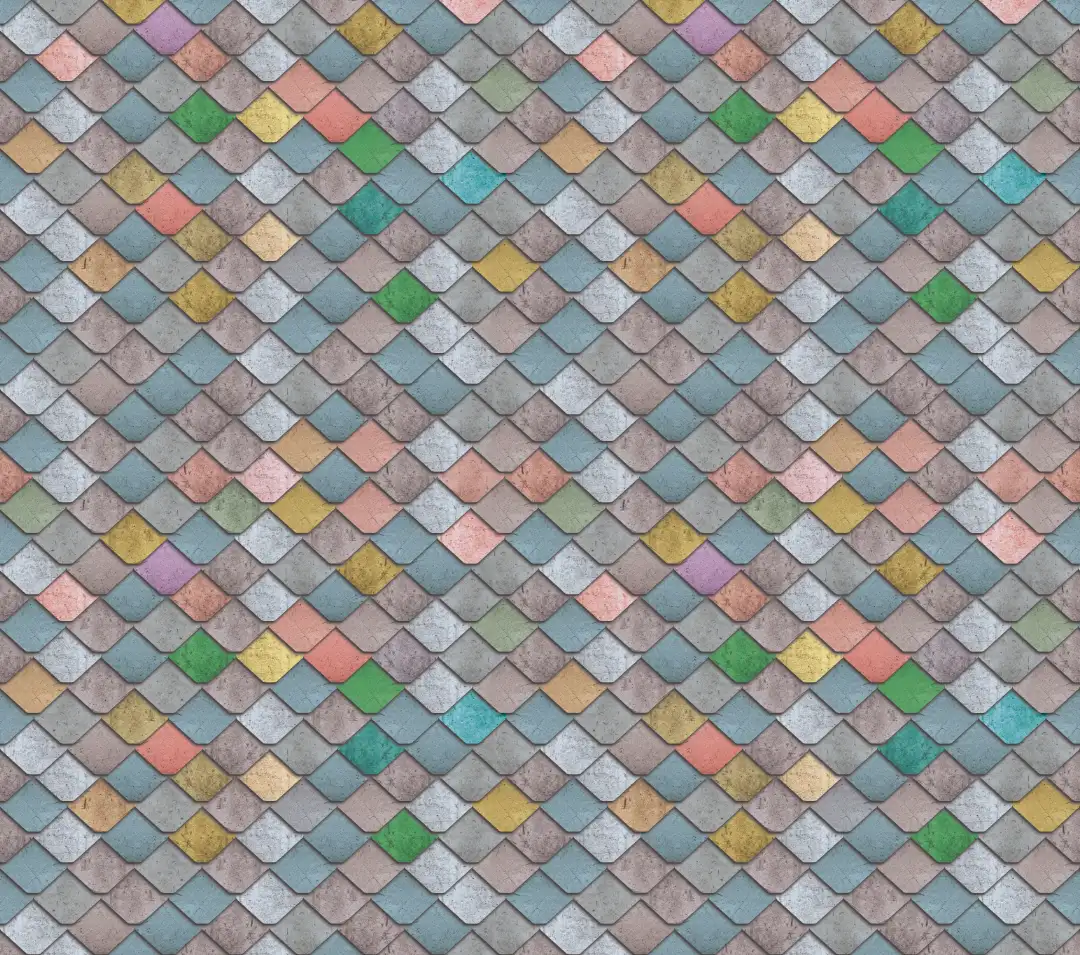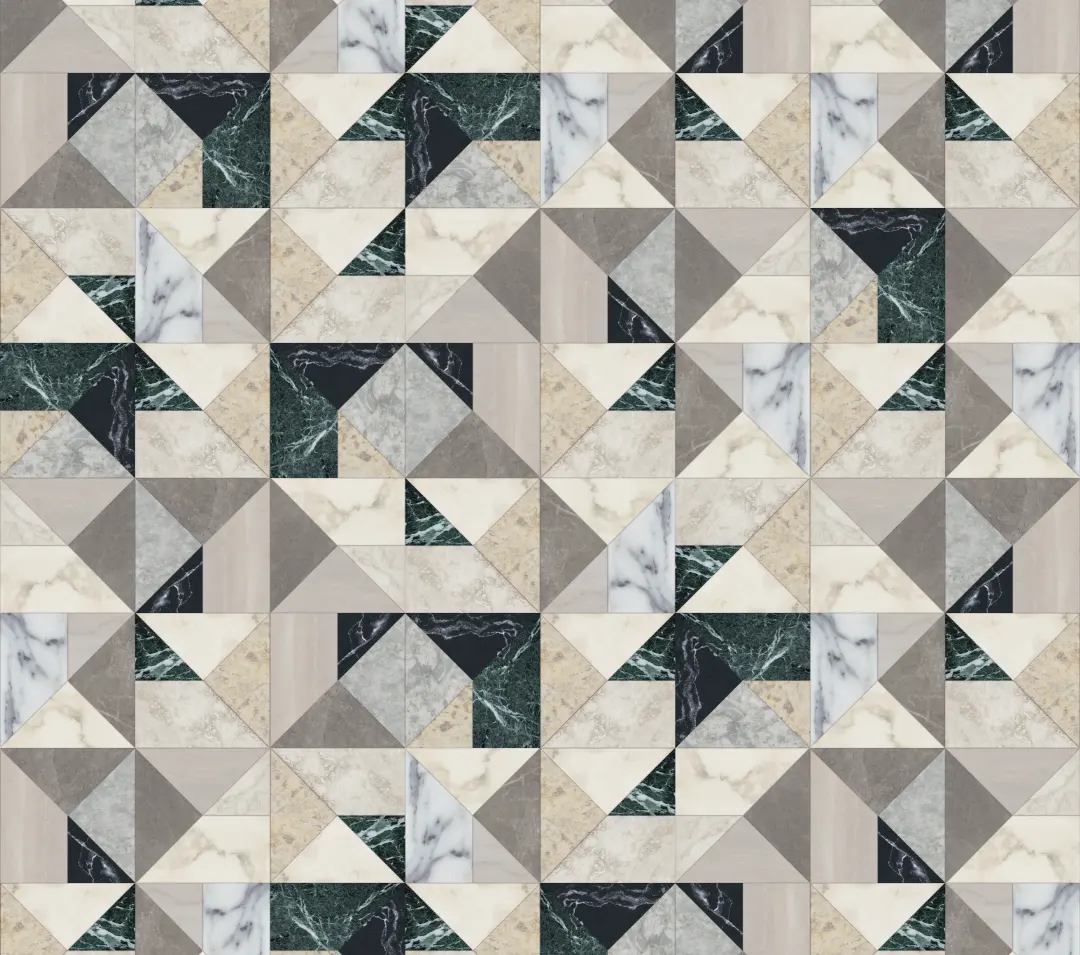12 June, 2024
Decorative wallpaper has re-emerged as one of the most prominent trends in interior decoration. Its ability to quickly and effectively transform spaces with style and personality makes it an attractive option for both homes and commercial spaces. In this article, we will explore the advantages, types and applications of decorative wallpaper, as well as current trends and tips for choosing and installing it.
One of the main advantages of decorative wallpaper is its versatility in design. The variety is almost endless: from geometric and floral patterns to imitations of natural materials such as wood and marble. This diversity allows users to find options that perfectly match any decorative style, whether modern, classic, rustic or minimalist.



In addition, the ease of installation and removal is another plus point. Thanks to technological advances, many of today’s wallpapers are easy to apply without creating bubbles and can be removed without damaging the walls. This makes it easy to periodically update the décor, allowing users to change the look of their spaces relatively frequently and without much hassle.
In terms of durability and maintenance, good quality wallpapers are resistant to fading and easy to clean with a damp cloth, keeping them fresh and attractive for a long time. This feature makes them ideal for high traffic areas and for households with children or pets.
In addition, decorative wallpaper can be an economical solution compared to other wallcovering options. It allows for a radical change in the appearance of a room without the need for a complete renovation, resulting in significant savings in time and money.
Traditional wallpaper, which is made of paper and requires glue for application, is ideal for plain walls and dry environments. On the other hand, vinyl wallpaper, composed of a vinyl layer on a paper or fabric base, is moisture resistant and easy to clean, making it suitable for kitchens and bathrooms.
Non-woven paper, made from a mixture of synthetic and natural fibres, is breathable and easy to install and remove without damaging the wall. This type of paper is perfect for those looking for a durable and practical option. Finally, self-adhesive paper, which comes with an adhesive layer on the back, is very easy to apply and remove, ideal for DIY projects and frequent changes.
One of the most common applications of decorative paper is to highlight walls, creating focal points in bedrooms, living rooms and dining rooms. This technique allows you to add visual interest and depth to a room without cluttering it.
Another useful application is to cover imperfections in walls. Decorative paper can disguise small irregularities and provide a smooth, attractive surface. In commercial spaces, such as restaurants, shops and offices, decorative paper not only improves aesthetics but also reinforces brand identity and enhances the customer experience.
Among the current trends, natural designs are all the rage. Botanical motifs, flowers and natural landscapes bring freshness and serenity to spaces, connecting the indoors with the outdoors in a harmonious way. Geometric and abstract patterns, often in bright, contrasting colours, are also popular, especially in modern and minimalist interiors, providing a touch of dynamism and modernity.
Tactile textures are another prominent trend. Wallpapers that mimic textures such as linen, silk or plaster add depth and visual richness to walls, creating a sensory and sophisticated effect. Personalised wall murals allow users to incorporate their own designs and photographs, providing a unique and individual touch to their spaces.
When choosing wallpaper, it is important to consider the space and select the appropriate type based on the function and conditions of the area. For example, vinyl wallpaper is ideal for wet areas such as bathrooms and kitchens. Measuring the walls correctly and buying an additional 10-15% is crucial to compensate for possible mistakes and future repairs.
Before installation, make sure the walls are clean, dry and smooth for a perfect finish. Reading and following the manufacturer’s instructions rigorously ensures a correct and durable installation, avoiding long-term problems.
Decorative wallpaper is a powerful tool in interior decoration, capable of transforming any space with style and efficiency. Its versatility, ease of use and the wide range of options available make it an ideal choice for those looking to renovate and personalise their environments. With current trends and advances in materials and techniques, decorative wallpaper continues to establish itself as a preferred option in interior design, allowing users to express their creativity and personality in every corner of their homes and commercial spaces.